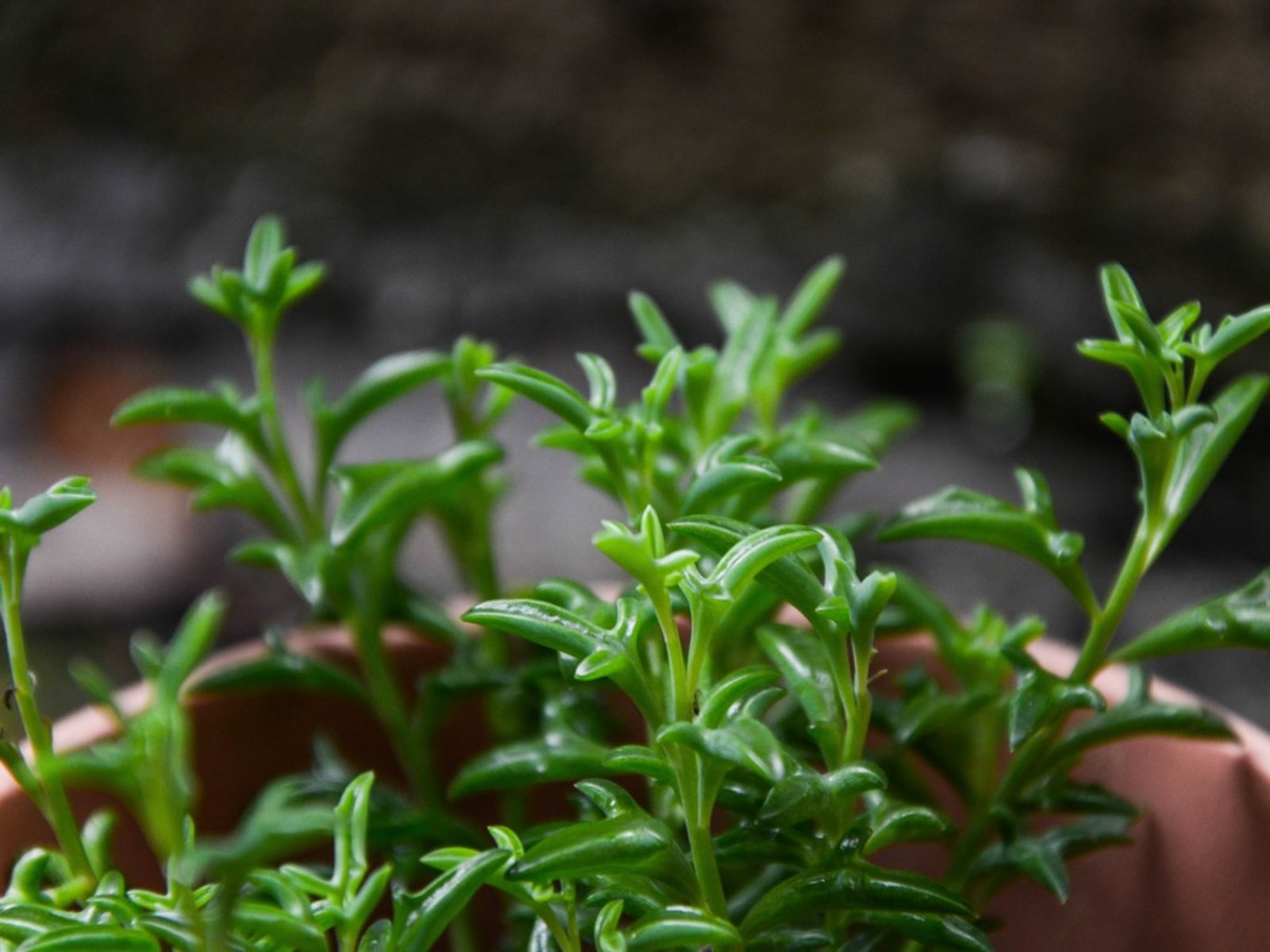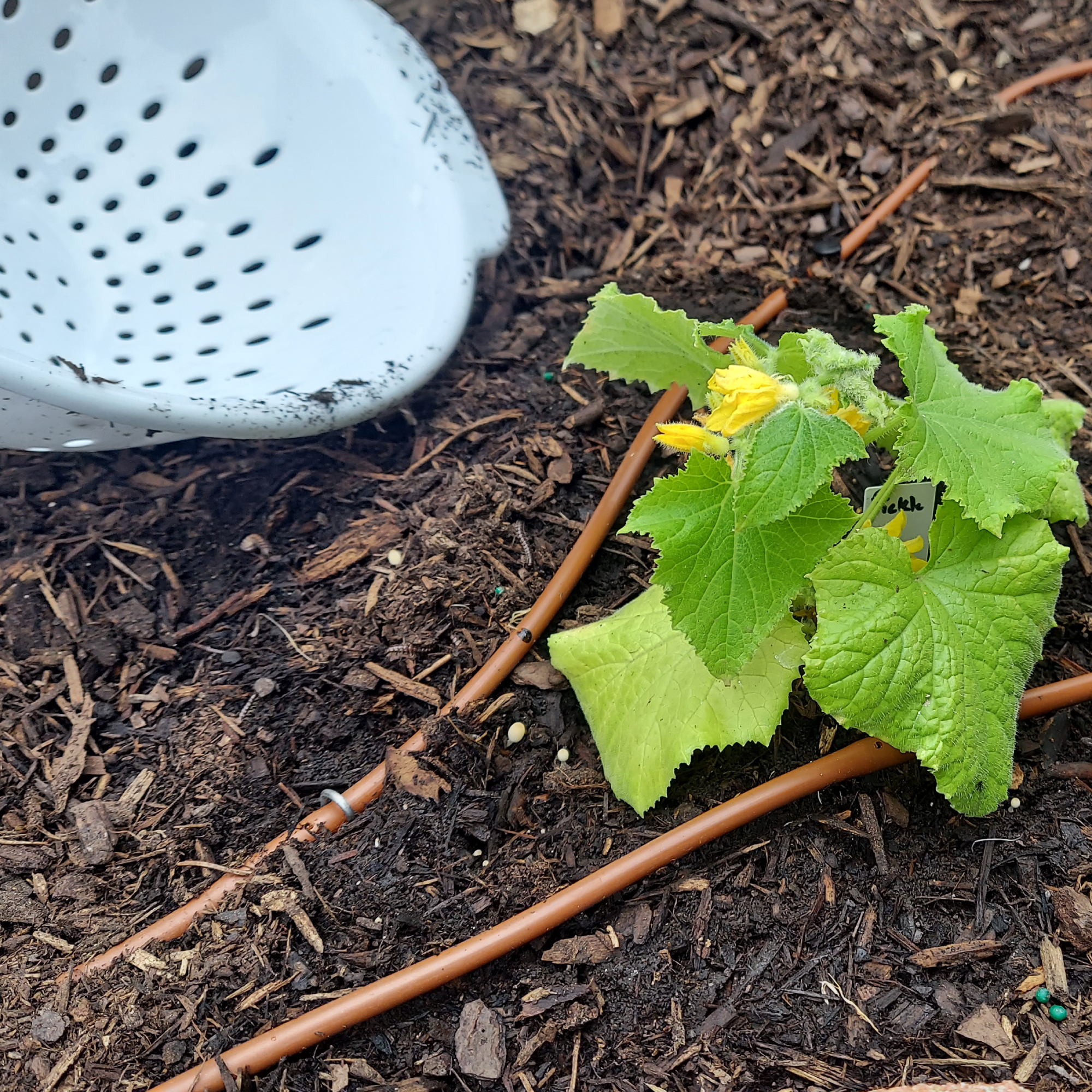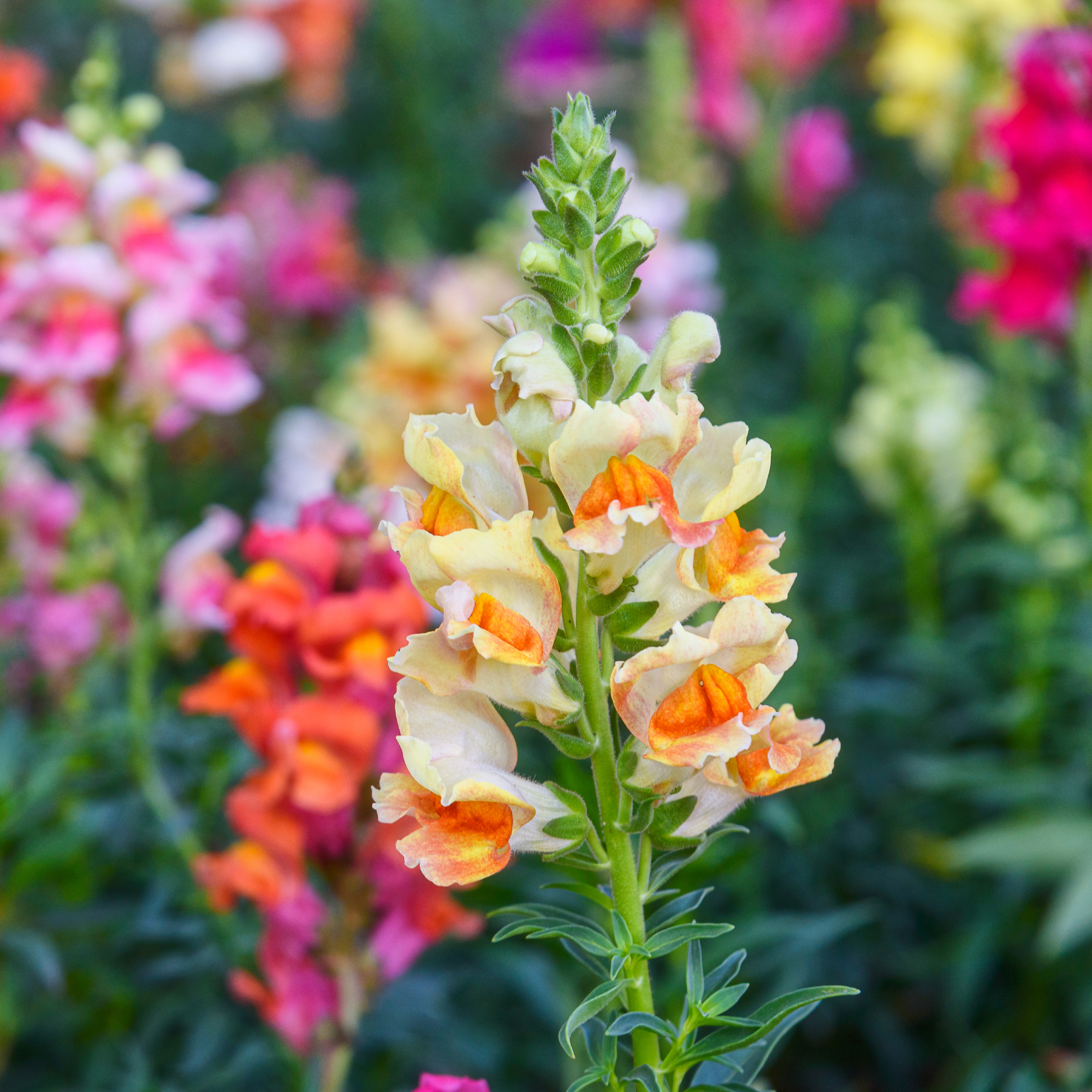Senecio Dolphin Plant Info: How To Grow A Dolphin Succulent


For utter charm and whimsy, few plants can beat Senecio peregrinus. The common name is dolphin plant, and is a very apt description of this adorable succulent. What are dolphin plants? These succulents develop leaves that quite literally look like tiny jumping dolphins. Growing dolphin plants as household selections adds a touch of oceanic ambiance, combined with ease of care and unique leaf forms. Learn how to grow a dolphin succulent and astound your guests with one of the cuter plant varieties available.
What are Dolphin Plants?
A quick search on dolphin plant info reveals that it is a cross between hot dog cactus and string of pearls. Dolphin plants are hybrids that bring extra charm to a sea-themed planter. Their unusual leaf form has typical succulent plumpness with low maintenance and few growing issues. The main thing to remember is that the plant is a succulent and requires well-draining soil to thrive. One of the worst offenses is overly wet soil, but don't be fooled – dolphin plants do like regular moisture. Succulent plants are often hybridized to create new and amazing forms. Dolphin plants are a cross and have some of the traits of both parents. They are not commonly sold, but many collectors have specimens available. The little dolphin leaves branch off of green stems that may reach several inches high (up to 15 cm.). For fans of dolphins, growing dolphin plants may be the closest thing they can come to having a pod of these aquatic mammals in their home. The plants are a hit in Japan, where growers marvel at their unusual form and sweet leaping cetaceans. While the plant may be difficult to find in your standard nursery, many specialty growers have it available online. It is a worthy challenge to find one and make it your own endearing houseplant.
How to Grow a Dolphin Succulent
Dolphin plant info indicates the plant is a hybrid with fun leaves and a low, lightly branching form. Older stems tend to arch and droop a bit, as they hold the chubby little leaves that are adapted to store moisture. If you are lucky, they may even produce small, starry pink flowers. Like all succulents, these plants are tolerant of periods of dryness but will need to be kept moist enough to prevent the dolphin leaves from puckering. Choose a well-draining potting medium and use a container that is just a bit larger than the plant. Dolphin plants thrive in slightly crowded conditions. They are charming mixed with other smaller succulents, perhaps with accents like seashells or sand dollars.
Dolphin Plant Care
Dolphin plants may be just another novelty plant, but they are also selective about some of their care. Their cultivation requirements are similar to their parent plants. Provide them with bright but indirect light. The optimum average temperatures are 72 degrees F. (22 C.) during the growing season. The plant will go dormant in winter and requires slightly cooler temps, around 50 to 55 degrees F. (10-13 C.). Allow soil to dry out between watering. On average, plants need to be watered once per week in the growing season but only once per month in the dormant period. Dolphin plant care is quite easy and the succulent has few pest or disease issues. Spider mites may be a concern, as are mealybugs in certain climates. Diseases are generally confined to fungal problems, which can be prevented by correct watering, well-draining soil, and a container that releases excess moisture.
Gardening tips, videos, info and more delivered right to your inbox!
Sign up for the Gardening Know How newsletter today and receive a free copy of our e-book "How to Grow Delicious Tomatoes".

Bonnie Grant is a professional landscaper with a Certification in Urban Gardening. She has been gardening and writing for 15 years. A former professional chef, she has a passion for edible landscaping.
-
 This $1.25 Item From The Dollar Store Saved My Cucumbers – Protect Your Garden From Groundhogs
This $1.25 Item From The Dollar Store Saved My Cucumbers – Protect Your Garden From GroundhogsLearn how to make a cheap garden cloche to protect your seedlings and plants from pesky groundhogs and other animals looking for a nibble.
-
 I’m A Professional Garden Writer And These Are The 6 Plants I’d Never Grow Again
I’m A Professional Garden Writer And These Are The 6 Plants I’d Never Grow AgainI've made a lot of mistakes in my gardens over the years, but deciding to grow these plants were some of the worst. Here are the 6 plants I'd never grow again.